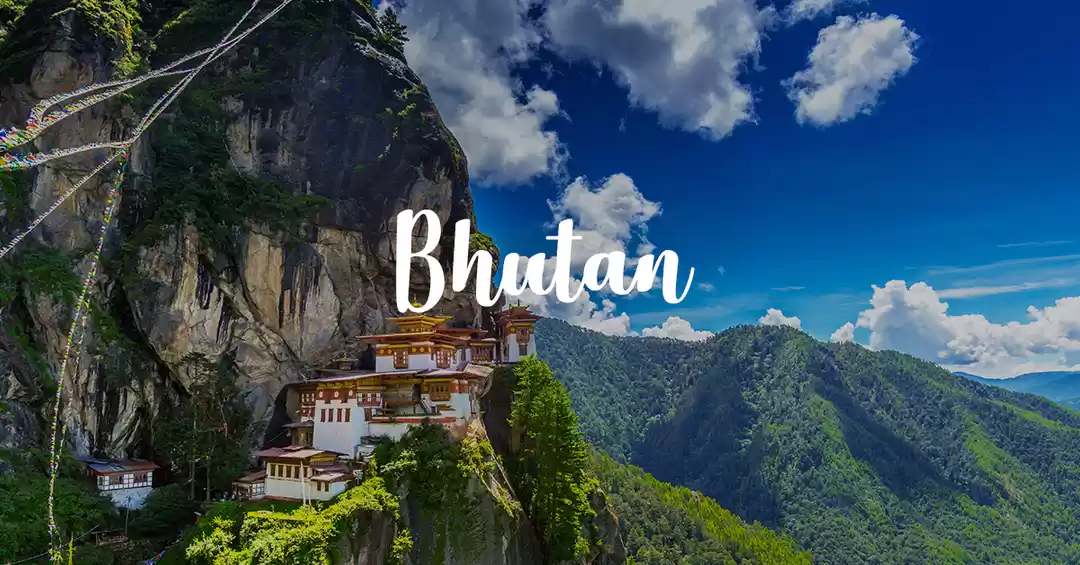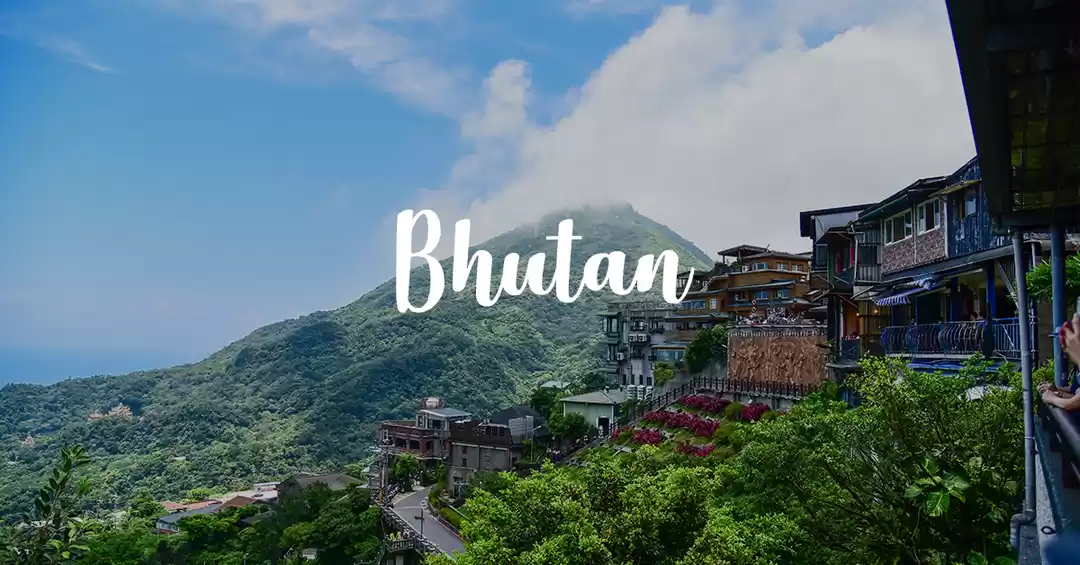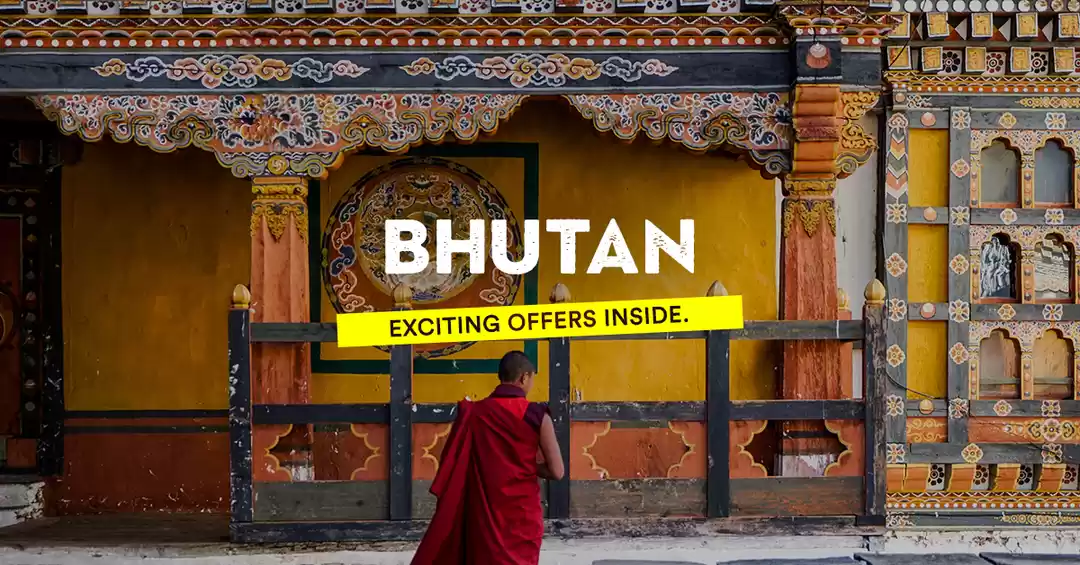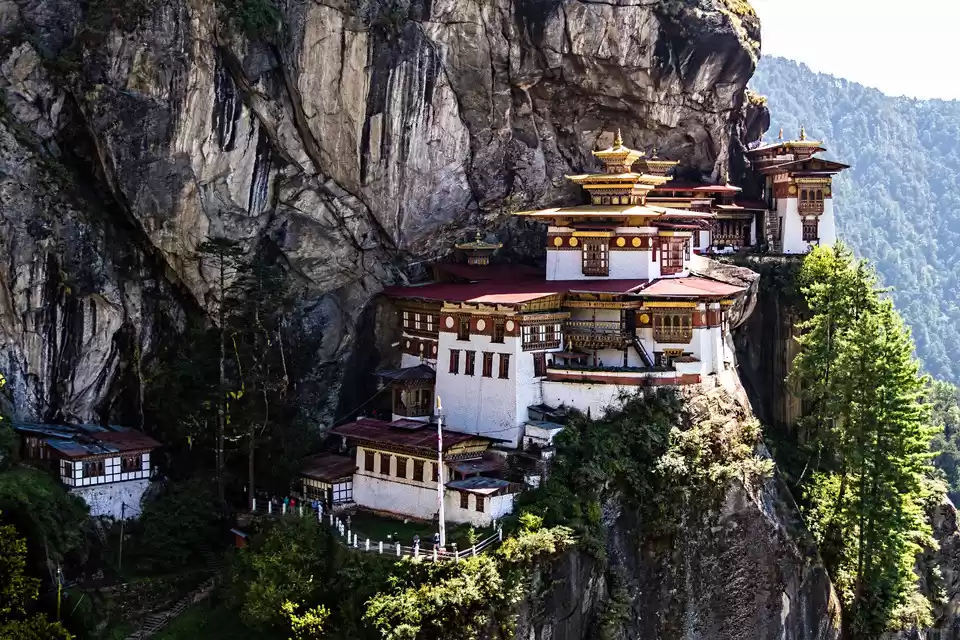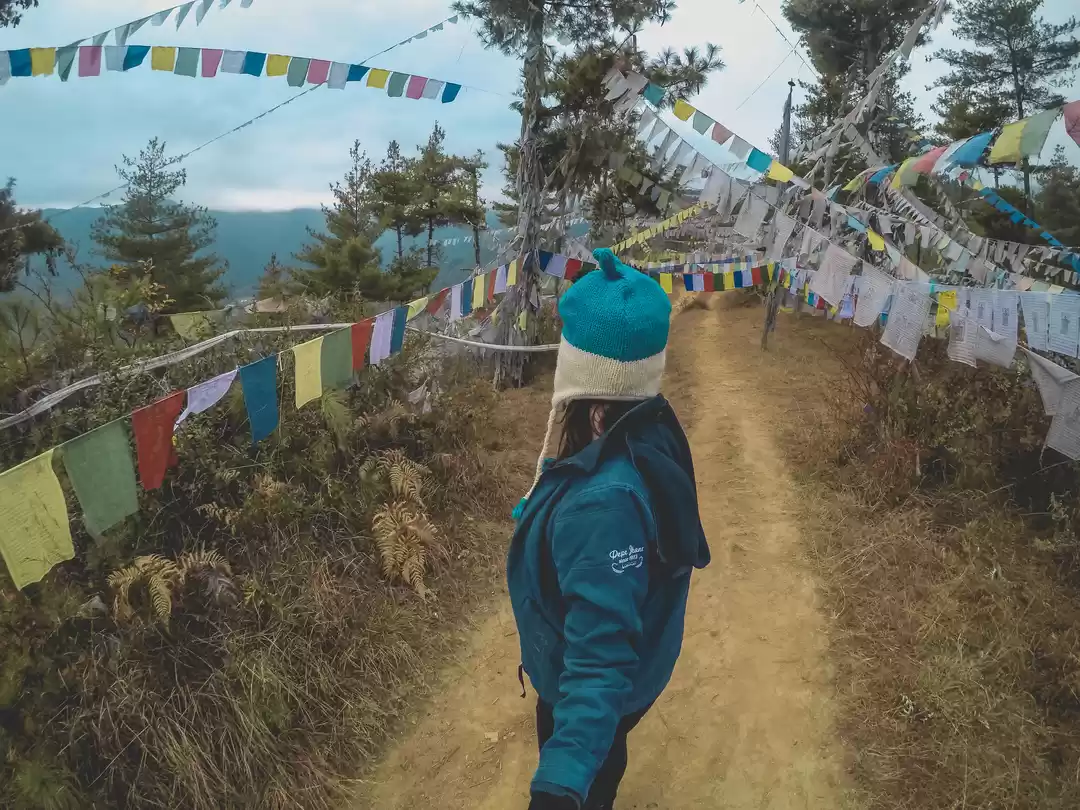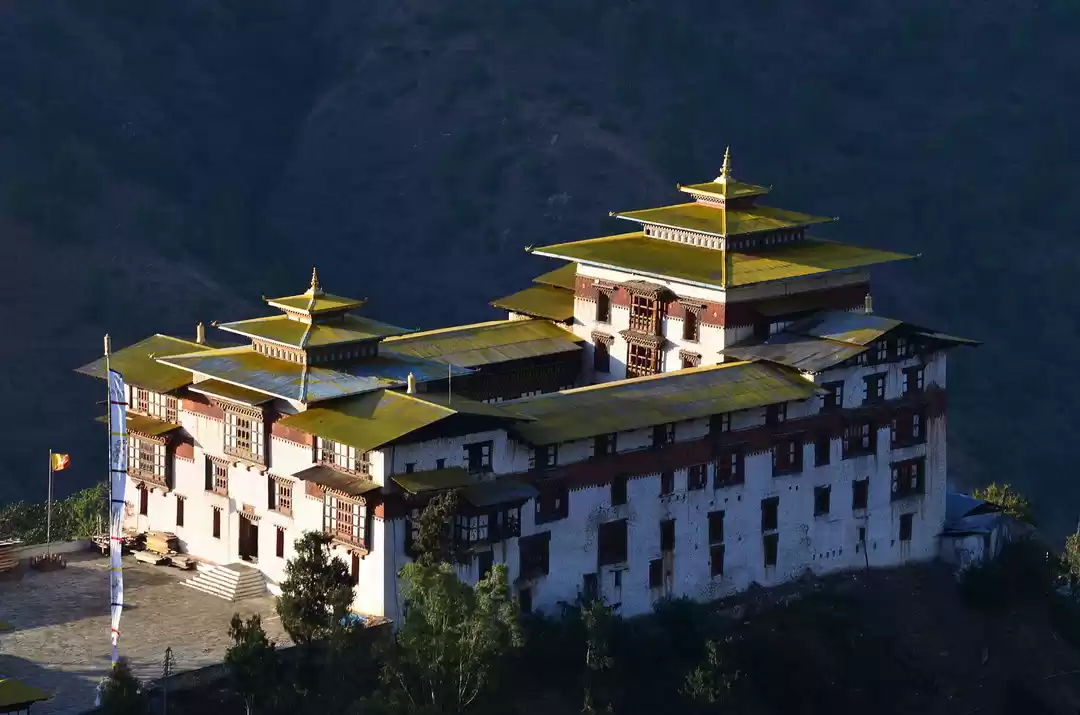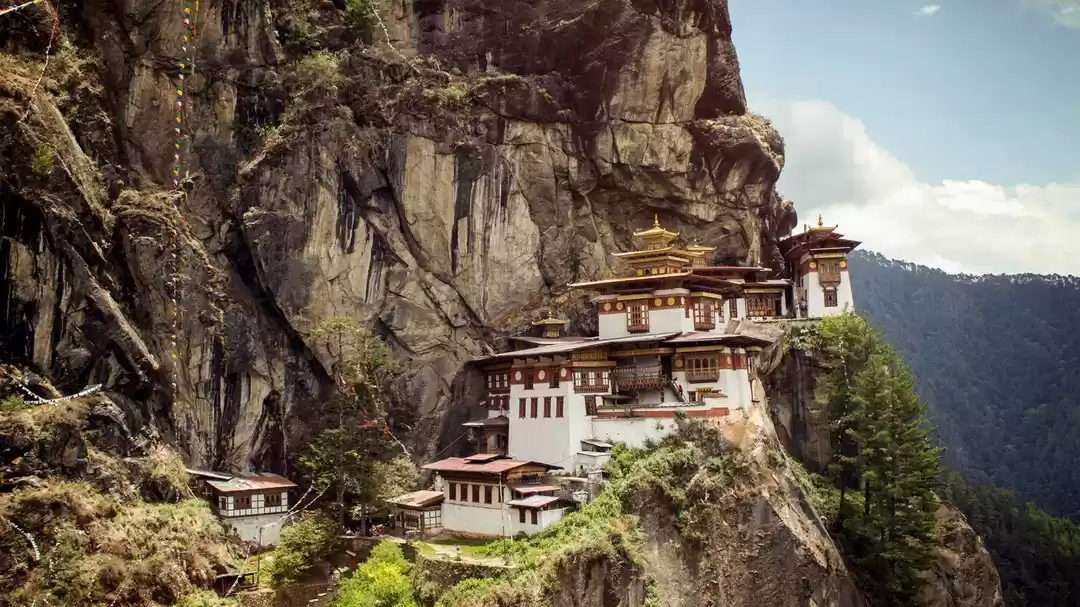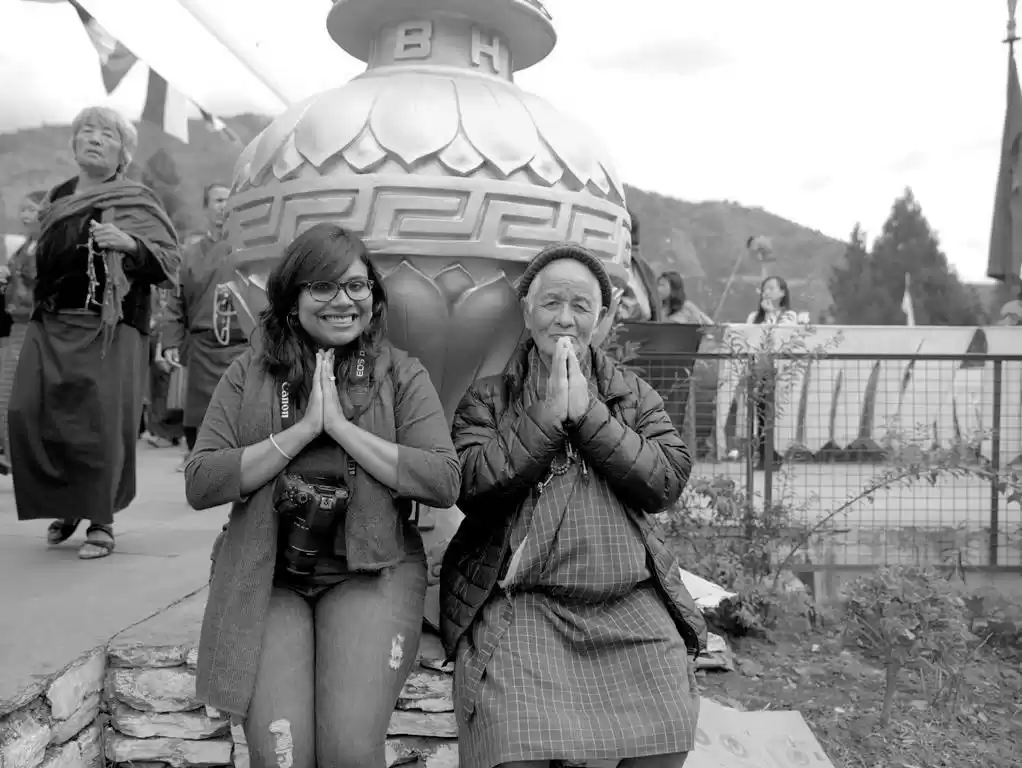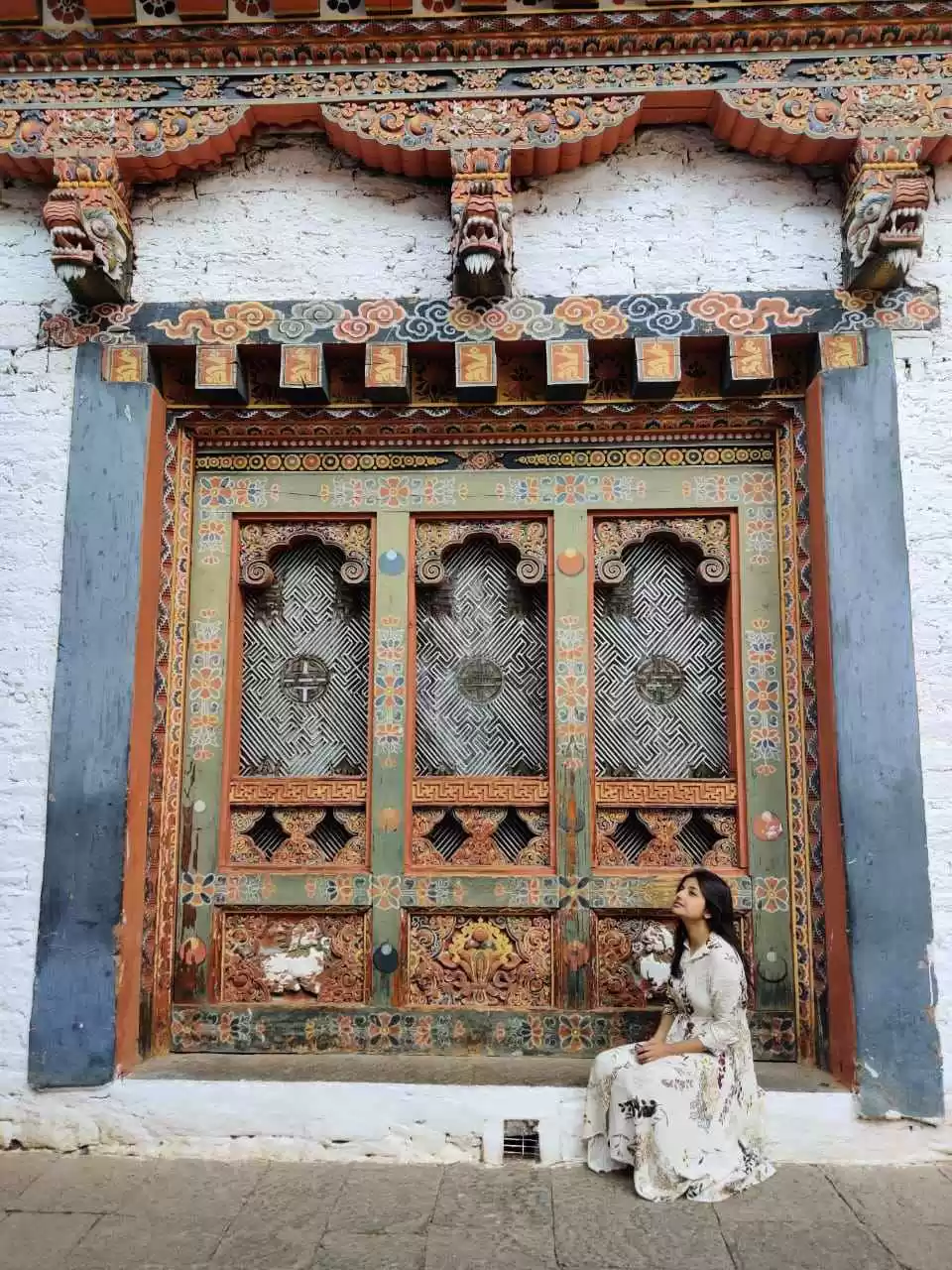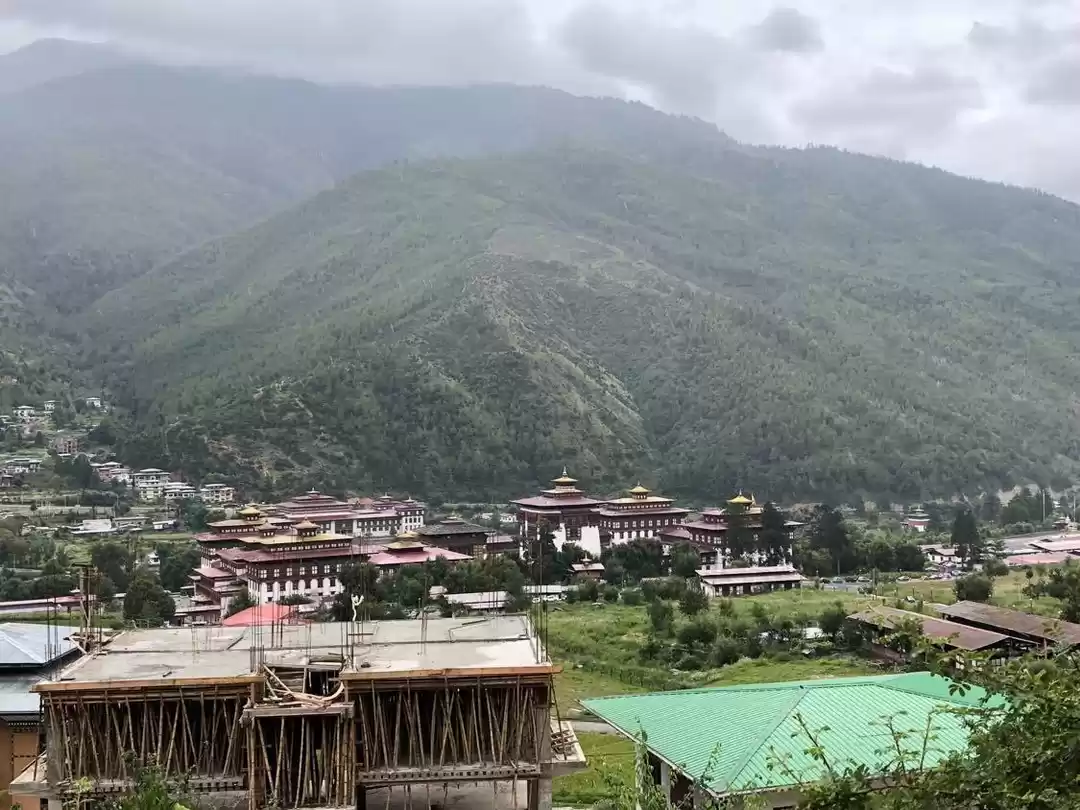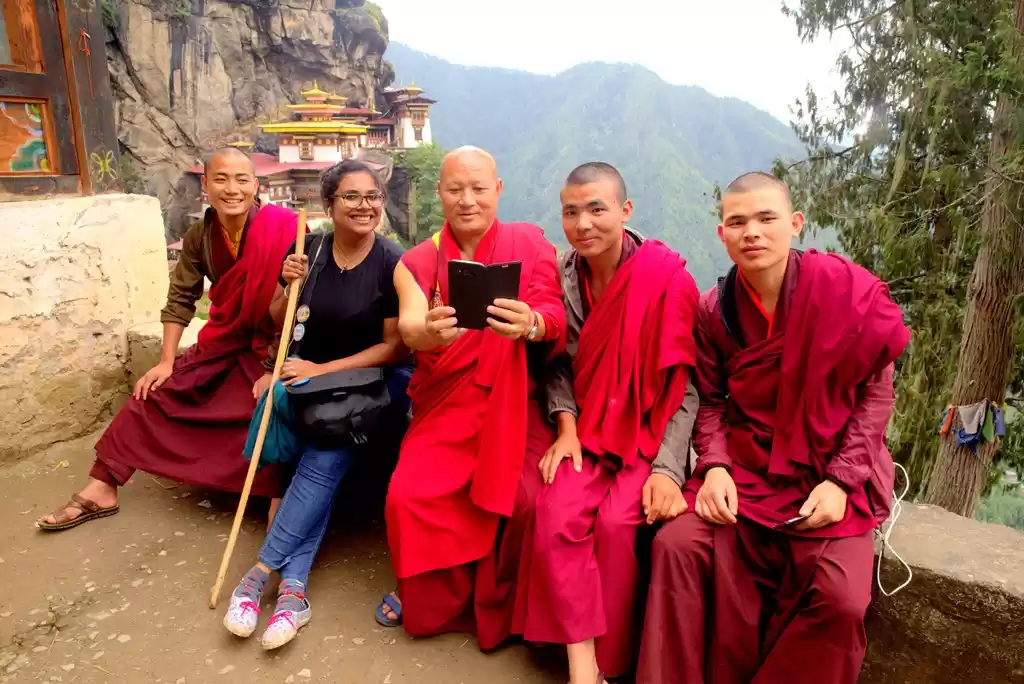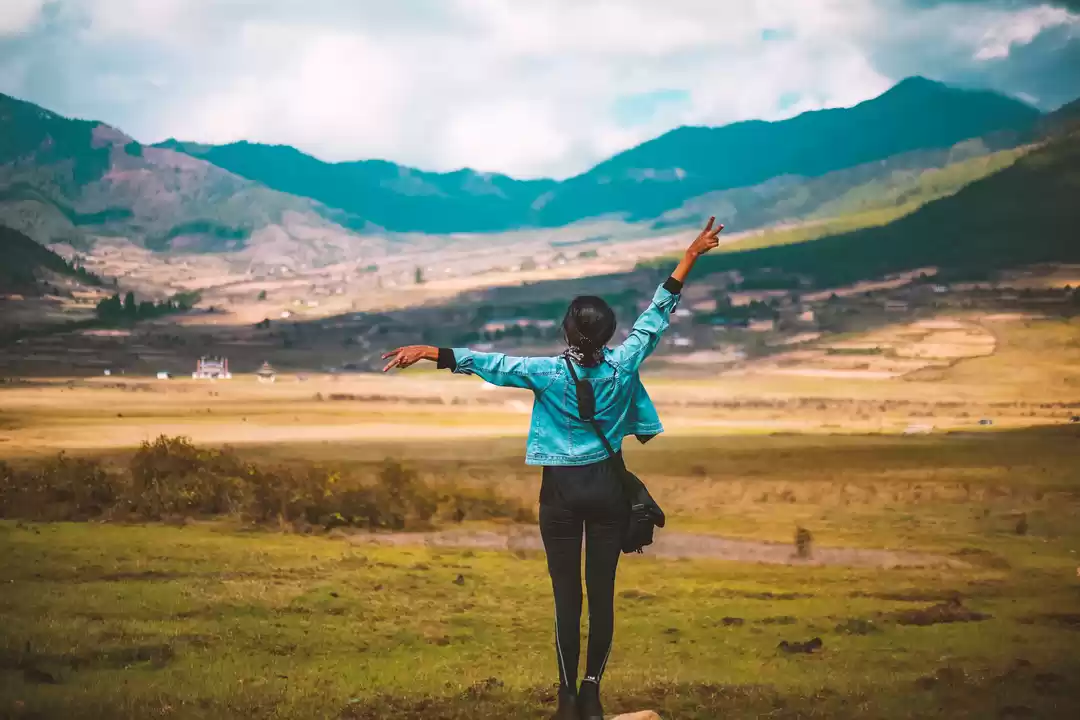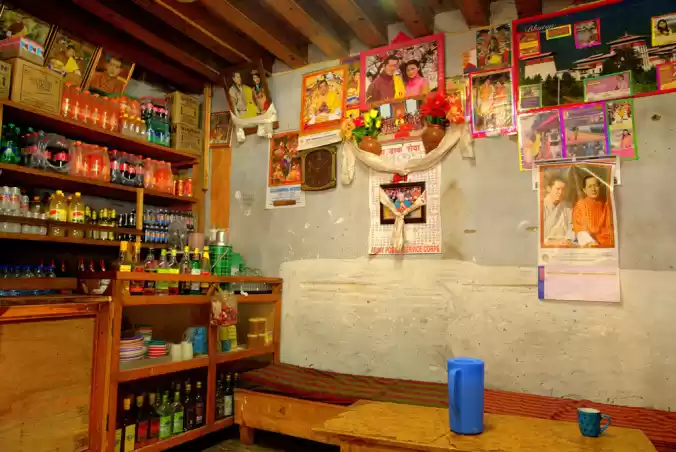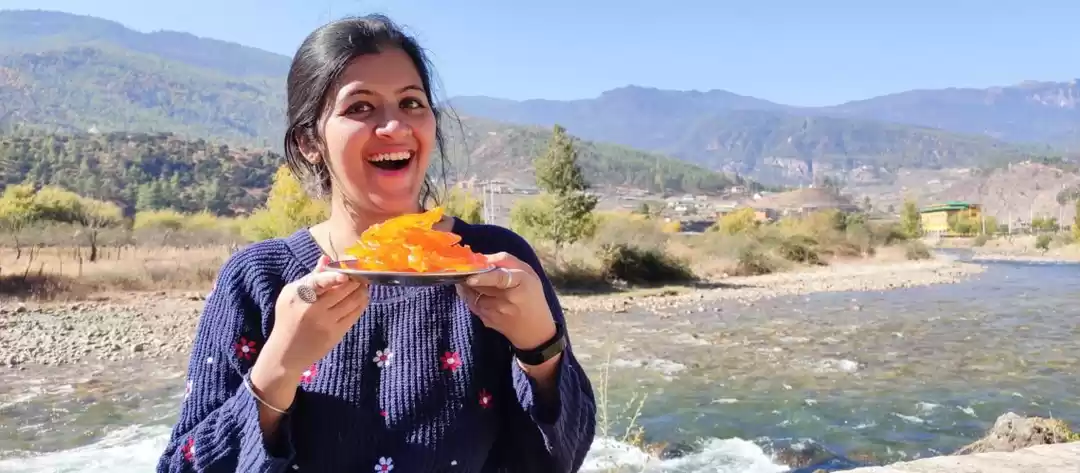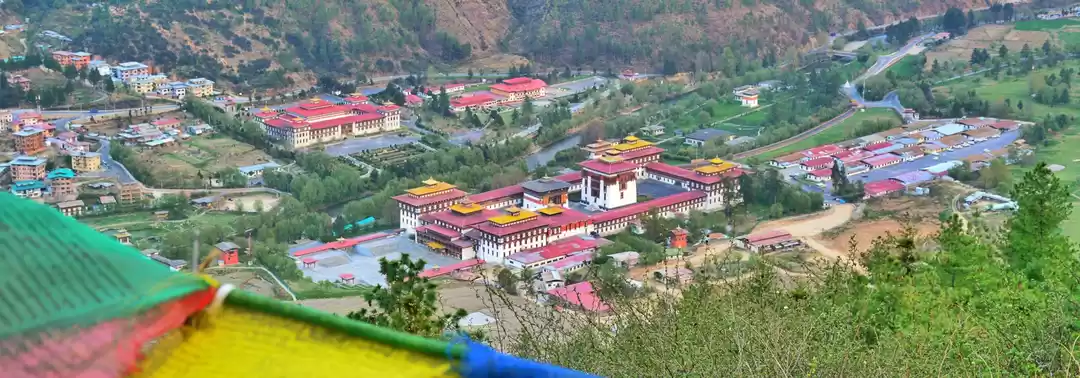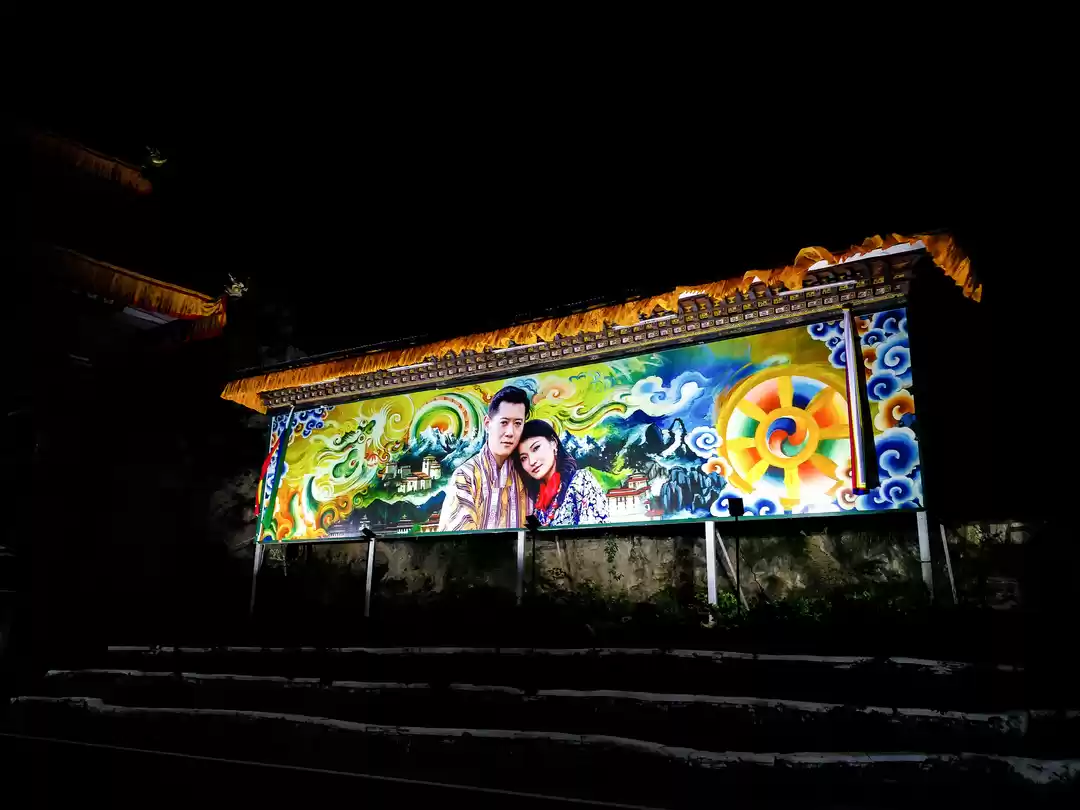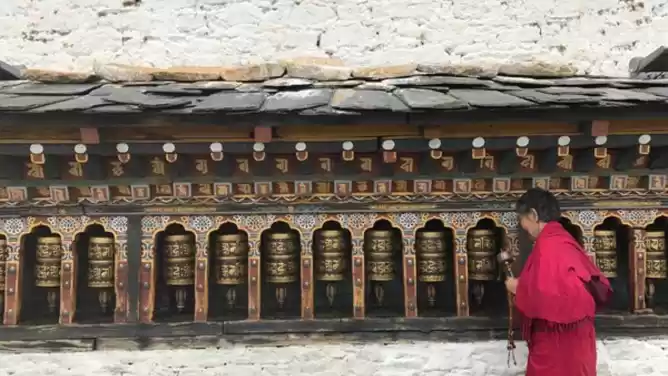I am a full time Photographer, a part time Wanderer and an all-time Foodie! Therefore you can imagine, The Kingdom of Bhutan, has been pretty high on my bucket list. Luckily enough, Lonely Planet has declared Bhutan as the top country to visit in 2020, enough reason to pack my bags and travel! Here is my photo guide through Bhutan, the happiest place on the planet.

Bhutan Visa
Good News Indians, you don't need a visa to enter Bhutan!
With the exception of visitors from India, Bangladesh and Maldives, all other visitors travelling to Bhutan need a visa.
Indian, Bangladeshis and Maldivian nationals can obtain a permit at the port of entry on producing a valid passport with a minimum of 6 months validity (Indian nationals may also use their Voters Identity Card (VIC)).
However this is expected to change from July 2020 as the Bhutan government is planning to introduce concessional Sustainable Development Fee (SDF) and streamline the permit obtaining procedure for regional tourist. With the new introduction, the regional tourist are expected to book their tour through a licensed Bhutanese tour operator and utilize certain standard services like using certified tourist accommodation, guide and transportation in keeping with the "High value, Low Volume" tourism policy of Bhutan.
All other tourists must obtain a visa clearance prior the travel to Bhutan. Visas are processed through an online system by your licensed Bhutanese tour operator directly or through a foreign travel agent.
You are required to send the photo-page of your passport to your tour operator who will then apply for your visa. The visa will be processed by the Tourism Council of Bhutan (TCB) once the full payment of your holiday (including a USD $40 visa fee) has been wire transferred and received in the TCB bank account. Once received, the visa clearance will be processed within 72 working hours.
At your point of entry you will be required to show your visa clearance letter, the visa will then be stamped into your passport.

How to Reach Bhutan?
Bhutan is connected from India through land, air and rail.
Air: There are regular flights from Delhi / Bagdogra / Guwahati to Paro International Airport. You can check out flight options to Bhutan from your city here: Flights to Bhutan
Rail: Although, there are no direct rail routes to reach Bhutan from India, one can board a train from Hasimara station or New Alipurduar stations, which are 17 and 60 kilometers away from Phuentsholing, the border town of Bhutan. From there, tourists can book shared taxis, individual cabs, and buses to reach Bhutan.
Road: To reach Bhutan, buses can be boarded from Indian towns of Kolkata and Siliguri. The buses are run by Royal Bhutanese Government. Buses depart from Kolkata's Esplanade Bus Terminal at 7:00 PM on Tuesdays, Thursdays and Saturdays and charge BTN 653 for journey till Phuentsholing, taking about 18 hours. Buses depart from Siliguri Tenzing Norgay Central Bus Terminal to Phuentsholing every day at 7:30 AM and 1:30 PM. It takes five to six hours easily to complete the journey and the trail is rough.

Adapting to the High Altitude

Bhutanese Culture and the People
The Kingdom of Happiness sits at an altitude of 8000 ft. above sea level. But most travel usually happens in the valleys under 2500 meters. If you are prone to altitude sickness definitely consult your doctor before heading to Bhutan. The usual medicines recommended are Diamox (Acetazolamide), perhaps combined with Ibuprofen or paracetomol.



Bhutan is predominantly a Buddhist kingdom, followed by Hinduism. There is a sense of spirituality and calm in the air as soon as you land at the airport. The people are happy go lucky and very friendly. The country famously has no traffic lights! Smoking and all tobacco products are illegal in the country (smokers beware!). While talking to the various people in the hotels I discovered that it is compulsory for all employees to wear their traditional clothing - a gho robe for men and kira dress for women - during working hours. While talking to the people around you, it becomes increasingly apparent that the focus is on peace of mind rather than consumerism. People encouraged me to visit the various monasteries and hike across the countryside rather than visit local shops. Coming from Delhi I was amazed at the lack of aggression in people, there was a sense of contentedness among the people which was infectious. If you decide at some point to discover yourself, I think Bhutan would be the best place to visit!
Things to do in Bhutan
For more insight into the Bhutanese Culture and traditions, the official Bhutan Travel site has a lot of insight.
I travelled through Paro (the gateway to the Land of Thunder Dragons) and Thimphu (capital city) as the rest of Bhutan needs an extended travel permit which can be acquired from Thimphu easily but I decided to keep that leg for next time, maybe a different season. Here are a few places I think are a must visit in Paro and Thimphu:


Bhutanese Food

National Museum of Paro - Perched atop a hill behind the Paro Dzong, The National Museum is an unusual round shaped building, designed like a conch shell. It is a cultural museum and is a great way to start immersing yourself in Bhutan's rich history and heritage A stroll through the town of Paro will expose you to the beautiful architecture of the buildings around, will give you a chance to sit at local cafes and sip a cup of tea while chatting with the café owner or maybe play some board games with the many monks around the city. There are many tiny stores filled with local handicrafts and very friendly people who will never push you to purchase any of it but maybe tell you back stories about each of the pieces Paro Taktsang - Perched precariously on a hill, the famous Tiger Nest Monastery is a sight to behold, not just because of the breathlessness post the 2-4 hours steep hike. I would definitely recommend hiring a horse. One definitely has to be fit and upto the strenuous trek. Check your fitness level before you commit to this. Again not for the weak hearted. Once up there, the legend behind the Taktsang is mesmerizing and the views breathtaking! Dochula Pass- One of the most popular and scenic mountain passes that stands at 3100m (10,200ft) above the sea level. The pass gives the best view of the snow-capped Himalayan Mountain Range on clear days. The pass is also known for the striking 108 Stupas dotting the small hill along the highway. Festooned with colourful prayer flags, Dochula Pass is considered to be a historic and religious site in Thimphu - Atop a hill in Thimphu, is a massive, golden Buddha sitting atop a gilded meditation hall. The statue is said to fulfill 2 prophesies and has a few mysteries about it, which would only be fun if you discovered them yourself when you visit.Buddha Point Statue

Check out the handicraft Market at Thimphu: If you are a shopaholic and believe in collecting memories which are not only handmade but with a story behind it, this is the place to visit. With over 100 shops the choice is endless and the colourful positive vibes, overwhelming.

Watch the Sunset at - A neighboring temple which has served the locals for 800 years, is THE place to relax and catch the sunset after an exhausting day of travel.Changangkha Lakhang
Traditional Bhutanese food, although influenced by the neighbors India, China & Tibet has managed to hold on to a unique character, being less oily than Indian or Chinese food yet spicier than Tibetan. Must try dishes as per me would definitely be:
How much does a Bhutan Trip cost?
Momos - If you are a true Delhitie, let's face it, you are a momo lover. They may be stuffed with almost anything, but the typical Bhutanese fillings are minced pork or beef, cabbage, or fresh cheese mixed with spices such as garlic, ginger and coriander. Ema Datshi (cheese & chillies) with Red Rice- Must confess this should ideally be the number one dish to try. The national dish of Bhutan, your trip is incomplete without this dish. The locals eat the stew, which is similar to a curry, daily along with red rice (super healthy as they are irrigated with mineral rich glacier water). It's made of green, yellow or red chilies, yak or cow's milk cheese, onions and tomatoes. Jasha Maroo (spicy chicken) - Often found in stew form and eaten with red rice, this is one spicy dish. Phaksha Pa (pork with red chillies) - A stew made with chillies, bok choy, radish and awhole bunch on red chilli poweder. Suggested itineraries by Lonely Planet to plan your perfect trip to Bhutan Tips:
Most dishes have a stir fry version and a stew version basis your preference The chillies are super-hot so be weary of them You should also be aware that any meal in Bhutan is served with a ton of accompaniments like salads and sauces Beware of the meat, Bhutanese people eat chicken, pork, beef and yak. Ask before you order Though fishing is prohibited, they do serve and eat fish. The food is very healthy and generally organic Food is usually eaten with hand and if you try a meal with a local family, very often it would be had sitting crossed legged on the floor
It depends on a lot of factors of course and I feel it's better to take a packaged tour as public transport in the mountains is not for the faint hearted. Also as the hotels and facilities are few in number having a predefined itinerary helps. But on an average, per night cost of rooms would be:
The currency used is Bhutanese Ngultrum and 1 INR = 1 BTN INR 100 & 50 Rupee denomination may be used in Bhutan, but Ngultrum cannot be used in India. USD is also widely accepted at most places Credit cards are not easily accepted and prove to be expensive due to the high service charges and there are very few ATMs around the country
You can purchase the "Lonely Planet's Best in Travel 2020" here in the link below: https://shop.lonelyplanet.com/products/lonely-planets-best-in-travel-2020



